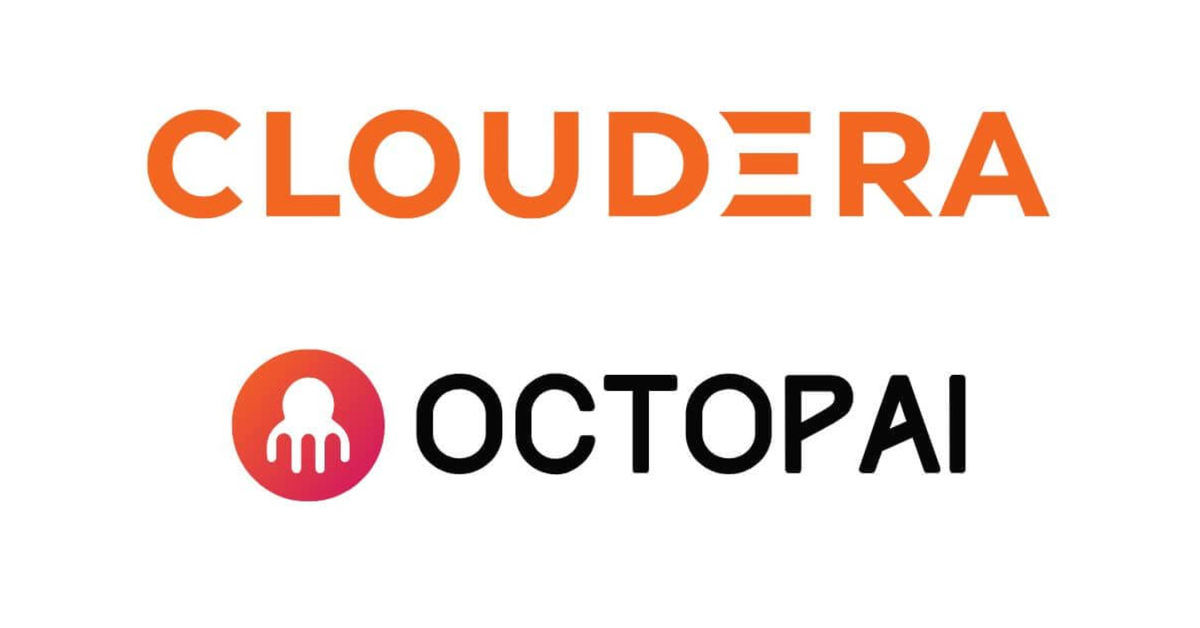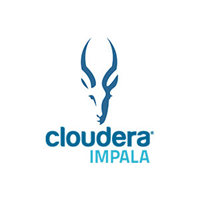cloudera
Cloudera’s Hybrid Strategy: The Key to Enterprise Data Agility

As enterprises increasingly shift toward cloud-native architectures, many assume traditional platforms like Cloudera have lost their edge. But that’s a misconception. Cloudera has not only adapted to the new landscape — it’s strategically positioned itself as a leading hybrid data platform for enterprises that need flexibility, security, and control across on-premises and cloud environments.
We live in uncertain times, with political shifts in the U.S. raising questions about data sovereignty, trade policies, and the regulatory environment around data storage and processing. In this context, organizations are more cautious than ever about where their data lives and how it’s governed.
The Case for Cloud-Native Platforms
Cloud-native platforms like Databricks and Snowflake are known for their elasticity, scalability, and simplified user experience. They appeal to digital-native companies and fast-moving startups that operate entirely in the cloud. Their serverless models and built-in integrations make it easier to spin up analytics pipelines and AI workloads with minimal infrastructure management.
However, these platforms come with assumptions: that all workloads can — and should — move to the cloud, that data gravity is irrelevant, and that security/compliance constraints can always be managed remotely. For many enterprises, especially in regulated industries or with massive legacy systems, that’s simply not the case.
Cloudera’s Hybrid Approach: A Strategic Advantage
Cloudera’s strength lies in its hybrid data platform approach. With Cloudera Data Platform (CDP), organizations can build and manage data pipelines that span on-premises, private cloud, and public cloud environments — all under a unified security and governance model.
This hybrid strategy supports:
- Data Sovereignty: Keeping sensitive data local when regulations require it.
- Gradual Cloud Migration: Modernizing at a realistic pace instead of all at once.
- Operational Continuity: Running analytics where the data already lives, minimizing cost and latency.
- Unified Metadata and Governance: Using SDX (Shared Data Experience) for consistent policy enforcement across environments.
Enterprise-Grade Capabilities
Cloudera delivers enterprise-grade features that many cloud-native competitors are still building toward:
- Granular Role-Based Access Control
- Lineage and Audit Logging
- Support for Edge-to-AI Pipelines with technologies like NiFi, Kafka, and Flink
- In-built ML and MLOps Tools via Cloudera Machine Learning (CML)
These features are crucial for industries like healthcare, banking, and manufacturing, where compliance, governance, and reliability are non-negotiable.
Interoperability with Open Standards
Cloudera has embraced the open-source ecosystem, supporting Apache Iceberg, Apache NiFi, and Kubernetes. This openness ensures that customers are not locked into proprietary data formats or vendor-specific solutions, giving them architectural freedom and long-term flexibility.
Final Thoughts
While cloud-native platforms have their appeal, Cloudera remains deeply relevant — and in many cases, essential — for organizations with hybrid requirements. Its platform bridges the best of both worlds: the innovation of the cloud and the control of on-prem. In today’s enterprise reality, that balance is not just relevant — it’s critical.

Matthias Vallaey
Matthias is founder of Big Industries and a Big Data Evangelist. He has a strong track record in the IT-Services and Software Industry, working across many verticals. He is highly skilled at developing account relationships by bringing innovative solutions that exceeds customer expectations. In his role as Entrepreneur he is building partnerships with Big Data Vendors and introduces their technology where they bring most value.




